In need of food, we dragged ourselves out of the garden to fetch supplies and also go on a bit of a local reccy. Not being hugely familiar with the area, we wanted to track down building supplies, timber yards and DIY shops to save us some time once we get stuck into the renovation work in the summer. Needless to say, our eyes were peeled for plant nurseries, too (no luck this time, we need to keep looking). We found everything else though, from a local ironmongery where purchases – even a single nail – are lovingly wrapped in oiled brown paper and a timber yard with the chestnut planks we will need to fix the horreo , the traditional grain store, to – further afield – chain giants like BricoDepot and Leyroy Merlin packed to the rafters with everything we could possibly need (or not).
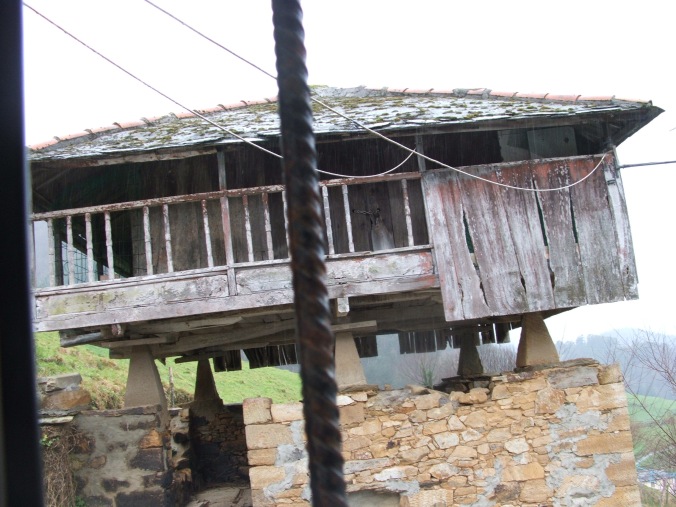
The horreo: in need of some TLC.
In the latter, we picked up a leaflet about kitchen design. Now this, I think, is just what is needed in my attempt to focus on some ‘survival’ Spanish – the basic words and phrases we need to get things done. A new kitchen is high on our list so getting to grips with the vocabulary and technical terms is a good place to start. With Roger off on a very long training run, I took the leaflet, Spanish dictionary, notebook and mug of tea out into the sunshine and settled down to a couple of hours of serious translation. I made a good start: kitchen layout, cupboards, style and colour – no problem. Then things started to go horribly wrong. I’d got as far as ‘solid wood work surface’, feeling very proud that I’d managed to guess that haya is beech when I suddenly realised that I didn’t know the Spanish word for carrot. What????? Where on earth did that come from? Did I need to know right then? Did this have any bearing on kitchen design? No, of course not . . . but off I went into the English end of the dictionary to find out. Carrot = la zanahoria. Wow, what an interesting word, I wasn’t expecting that. I practised it a few times to commit it to memory. (Hello, kitchen vocabulary calling . . . ) Okay, so what’s the word for leek, then?
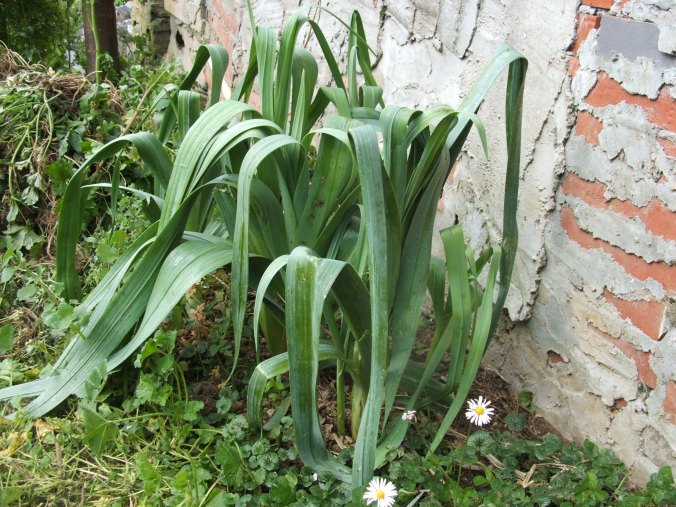
At this point, I should confess that as a teacher I get very frustrated with children who are easily distracted and drift off the task in hand to think about something else. I’m not sure if it’s the Asturian air (or maybe my age) but I am coming to realise that actually, I’m just the same, if not worse. The worrying thing is that once started, it snowballs. Having sorted out carrots and leeks, my eyes drifted to the newly-planted garden: how many other vegetable words didn’t I know?
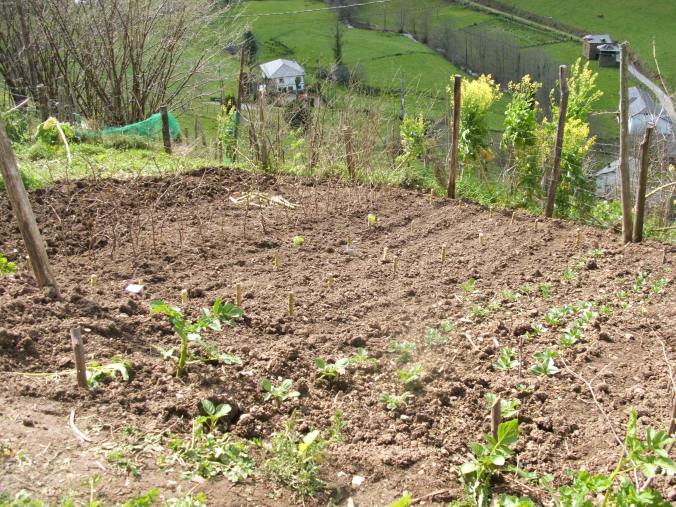
I need to know what all those vegetables are called!
Perhaps I needed a vegetable page in my notebook, it wouldn’t take long. What about plant parts? Gardening terms? My fingers zoomed around the dictionary, my page of notes grew. My eye caught the movement of several honey bees working in the calendula: I know the Spanish for ‘honey’ but not ‘bee’. Surely ‘bumble bee’ is a different word again? How about slug, snail, worm, caterpillar, mole . . ? Dictionary pages rustled, my pencil flew. Time for another mug of tea and a few minutes watching the swallows swooping through the yard. Yes, you can probably guess where that led . . . robin, blackbird, wren, barn owl and on and on and on.
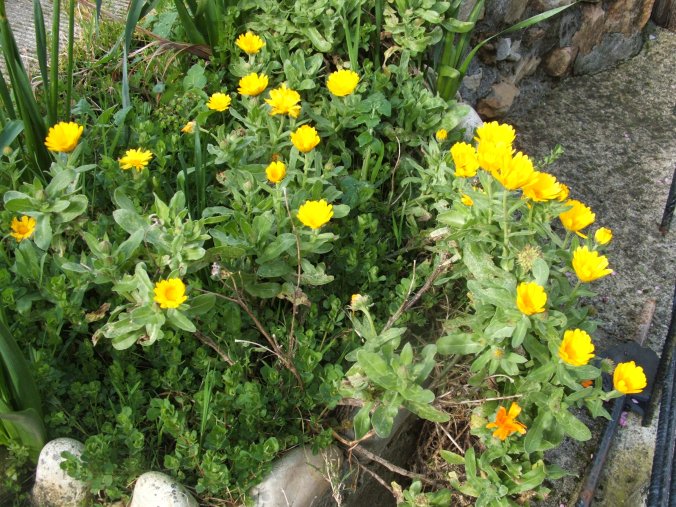
By the time Roger returned, I had learned precisely five kitchen words but had a page of seventy garden-related ones. Oh well, I’m sure they’ll come in useful one day. 🙂
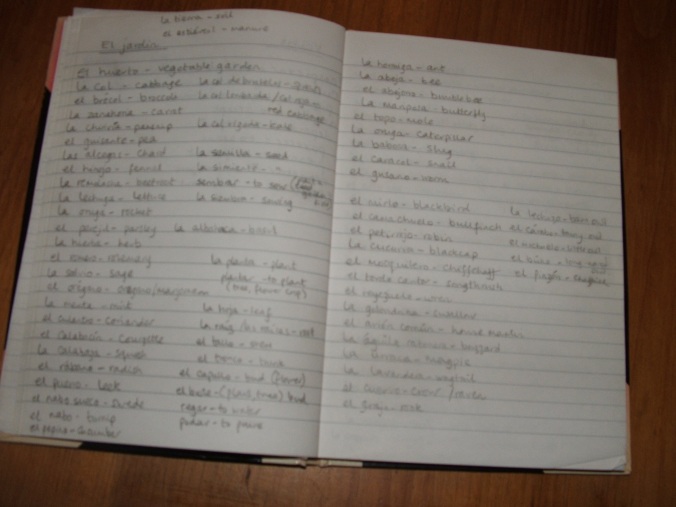
PS When I looked up the Spanish word for ‘cabbage’, my eyes led me on to ‘cabbage white butterfly’ and from there to ‘butterfly mind’ . . . says it all, doesn’t it?

I knew zanahoria, cool word all right, but leek? Pass. Great that you have a horreo. I’d like to have one here. Maybe we’ll convert the summerhouse into one. The timber is falling apart anyway.
LikeLike